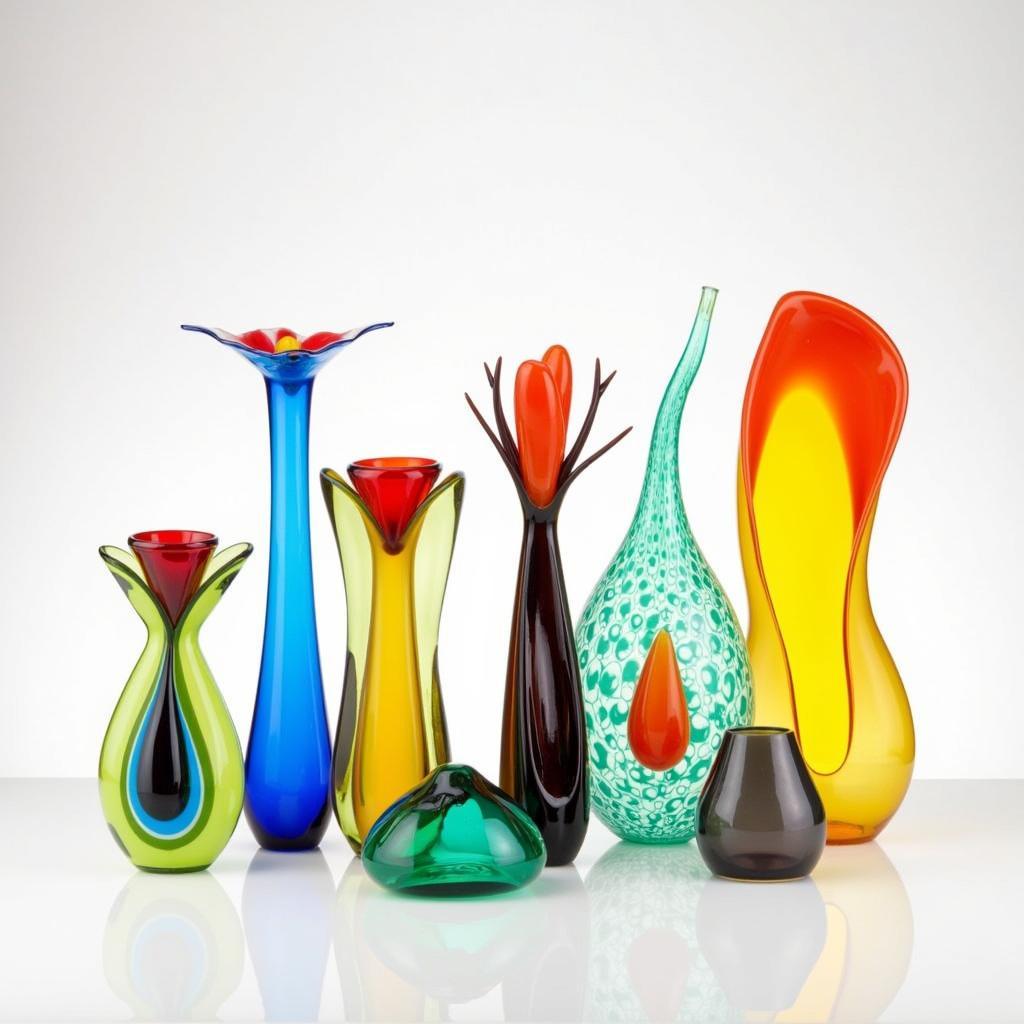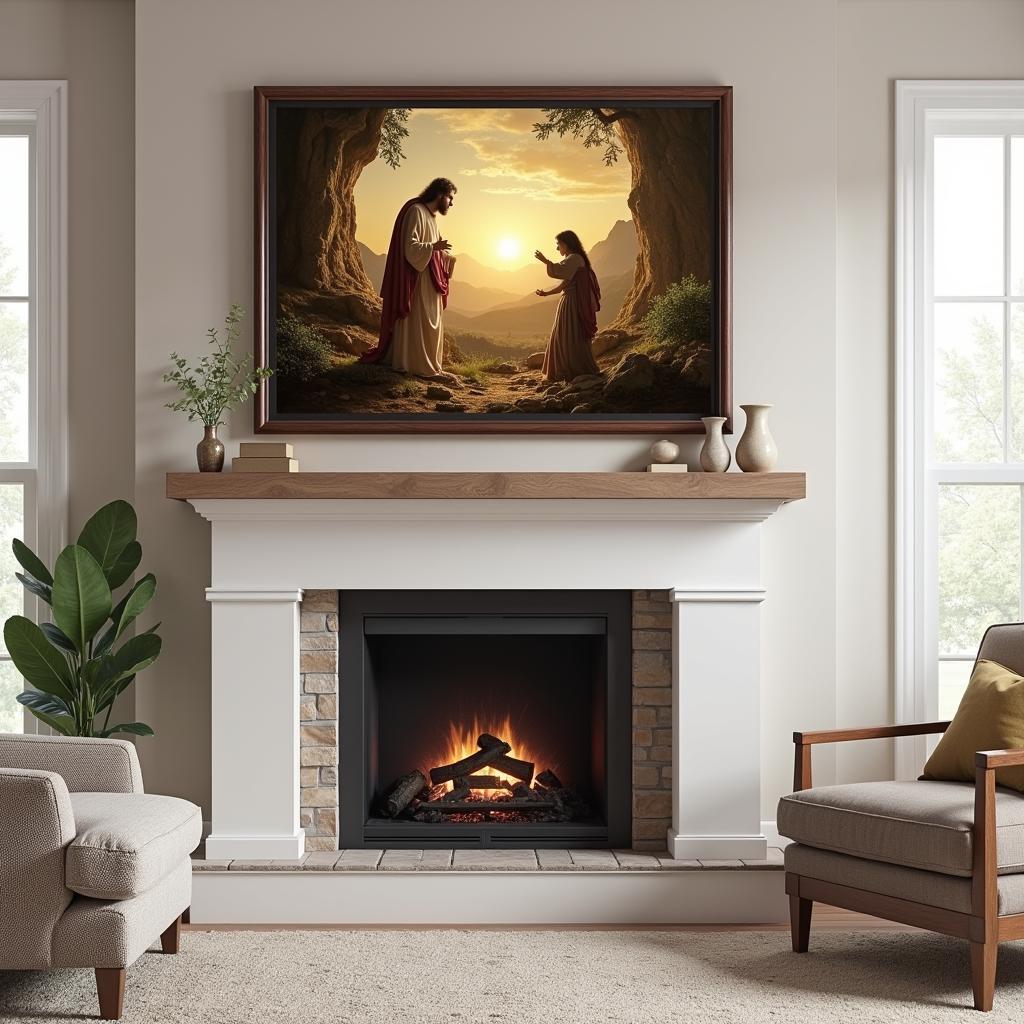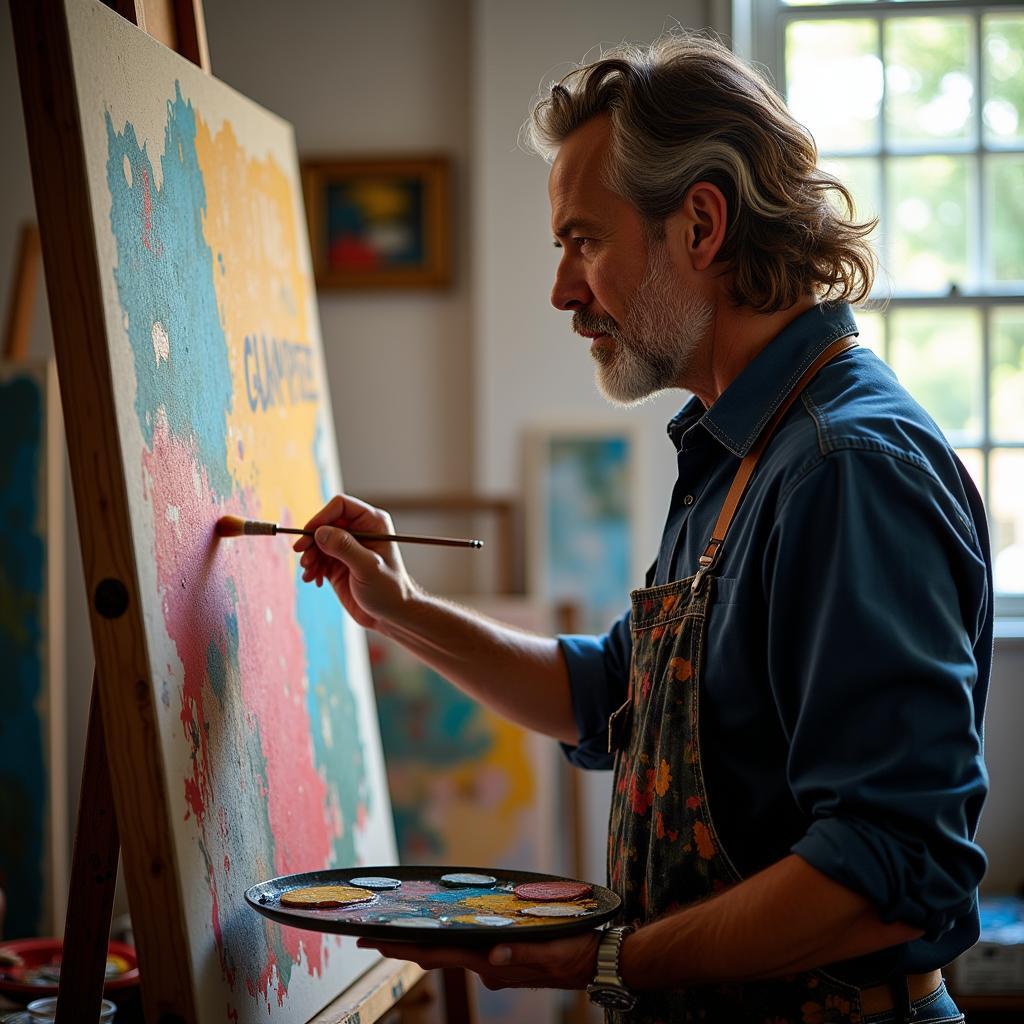Exploring the Beauty of Czechoslovakian Art Glass
Czechoslovakian Art Glass has captivated collectors and art enthusiasts for decades. From its vibrant colors to intricate designs, this unique glassmaking tradition offers a fascinating glimpse into a rich cultural heritage and artistic innovation. This article delves into the history, techniques, and prominent artists associated with Czechoslovakian art glass, offering a comprehensive guide for both seasoned collectors and those just beginning their exploration.
A Journey Through Time: The History of Czechoslovakian Art Glass
The roots of Czechoslovakian glassmaking can be traced back centuries, but it was in the late 19th and early 20th centuries that the country truly emerged as a powerhouse in the world of art glass. Influenced by the Art Nouveau and Art Deco movements, Czech artists began experimenting with new techniques and styles, pushing the boundaries of glassmaking. The unique geological conditions of Bohemia, with its abundant natural resources, further contributed to the development of this thriving industry. From small family workshops to large factories, the production of Czechoslovakian art glass became a significant part of the country’s cultural identity.
The post-World War II era saw a shift in artistic direction, with a focus on bolder, more abstract designs. Despite the challenges posed by communist rule, Czech glass artists continued to innovate, developing new techniques like controlled bubbling and utilizing vibrant, saturated colors. This period solidified Czechoslovakia’s position as a leading producer of high-quality art glass, recognized and admired internationally.
Mastering the Craft: Techniques of Czechoslovakian Art Glass
Czechoslovakian art glass is renowned for the diverse range of techniques employed by its skilled artisans. These techniques, passed down through generations, contribute to the unique character and beauty of each piece. From the delicate precision of cut glass to the vibrant hues achieved through the use of metallic oxides, Czechoslovakian glassmakers have mastered a variety of methods to create stunning works of art. Some of the most notable techniques include:
- Mold-blowing: This traditional technique involves blowing molten glass into a mold to create specific shapes and designs.
- Cutting and Engraving: Intricate patterns are created by cutting and engraving the surface of the glass, adding depth and texture.
- Painting and Enameling: Decorative elements are applied to the glass using paints and enamels, adding color and detail.
- Pâte de Verre: This ancient technique involves mixing powdered glass with a binding agent and firing it in a mold, resulting in a textured, almost sculptural finish.
 Modern Czechoslovakian Glass Sculptures
Modern Czechoslovakian Glass Sculptures
Shining Stars: Prominent Czechoslovakian Glass Artists
The artistry of Czechoslovakian glass is inextricably linked to the talented individuals who have dedicated their lives to this craft. From renowned masters to emerging talents, these artists have shaped the evolution of Czechoslovakian glassmaking, pushing creative boundaries and leaving a lasting legacy. Some of the most influential figures include:
- René Roubíček: Known for his innovative glass sculptures and designs, Roubíček’s work often explores themes of nature and the human form.
- Stanislav Libenský and Jaroslava Brychtová: This husband-and-wife duo revolutionized glass sculpting, creating large-scale, monumental works that pushed the limits of the medium.
- Vladimír Kopecký: A master of glass painting and engraving, Kopecký’s work often features intricate details and vibrant colors, inspired by Czech folklore and mythology.
“The beauty of Czech glass lies in its ability to capture light and transform it into something truly magical,” says Dr. Helena Novakova, a leading expert in Bohemian glass history. “Each piece tells a story, reflecting the skill and creativity of the artist.”
Czechoslovakian Art Glass: A Timeless Legacy
From its rich history to its innovative techniques and influential artists, Czechoslovakian art glass continues to captivate and inspire. Whether you’re a seasoned collector or simply appreciate the beauty of handcrafted art, exploring the world of Czechoslovakian glass offers a rewarding journey of discovery.
“Investing in Czechoslovakian art glass is not just acquiring a beautiful object; it’s investing in a piece of history,” adds Jan Suchý, a renowned Czech glass collector. “These pieces hold a unique cultural significance, reflecting the artistry and resilience of a nation.”
FAQ
- Where can I buy authentic Czechoslovakian art glass? You can find authentic pieces at reputable antique shops, art galleries, and online auction platforms.
- How can I identify antique Czechoslovakian glass? Look for maker’s marks, specific stylistic features, and consult with experts if necessary.
- What is the value of Czechoslovakian art glass? The value varies depending on factors like age, rarity, artist, and condition.
- How do I care for Czechoslovakian art glass? Handle with care, clean gently with a soft cloth, and avoid extreme temperature changes.
- What are some popular Czechoslovakian glass designs? Popular designs include Art Nouveau floral motifs, Art Deco geometric patterns, and abstract sculptural forms.
- Are there contemporary Czechoslovakian glass artists working today? Yes, there is a thriving contemporary glass art scene in the Czech Republic, with many talented artists continuing the tradition.
- Where can I learn more about Czechoslovakian glass history? Museums, specialized books, and online resources offer valuable information about the history and techniques of Czechoslovakian glassmaking.
For assistance, please contact us at Phone: 02462573573, Email: [email protected] or visit us at Savico Megamall, 7-9 Đ. Nguyễn Văn Linh, Gia Thụy, Long Biên, Hà Nội 10000, Việt Nam. We have a 24/7 customer service team.




